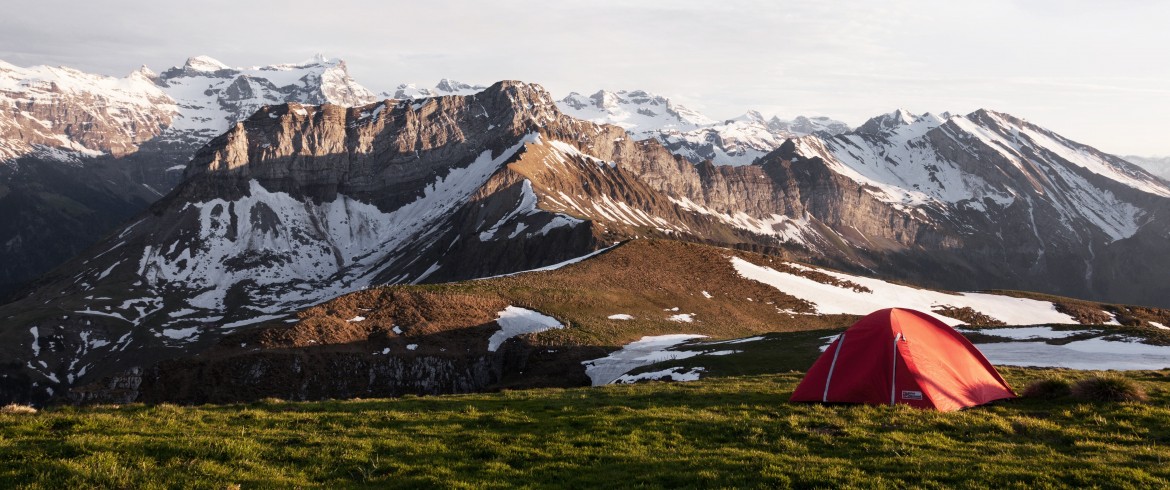The most feared enemy of those who love nature and sleeping under the stars is surely the cold. When temperatures go down, even the most adventurous people start to be a bit skeptical about spending the night in a tent. However, here are 10 tips to avoid turning down a beautiful tent trip, even in December!
Expert hikers know that spending the night in a tent in winter has many advantages that people in summer cannot even dream about. Since many people aren’t brave enough to face low temperatures, the bold ones who decide to face them could enjoy their peaceful solitude. Moreover, mosquitoes, flies and midges that haunt summer campers, in winter are dormant. What are you waiting for?
1. The right tent
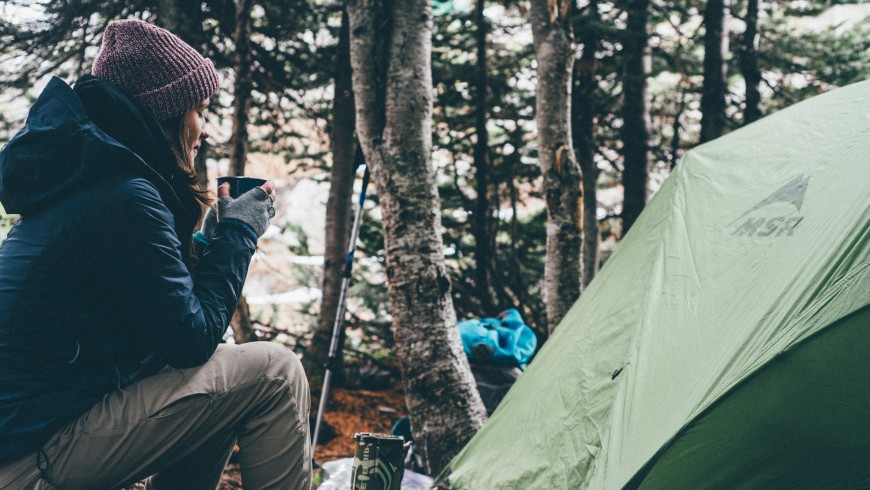
The most important part of a tent excursion is, obviously, the tent. Especially when you’re planning to spend the night exposed to the winter cold, the tent that you choose to use will make a big difference. It’s better to go for a smaller double-walled tent, in order to avoid useless heat dispersions. A great trick is to unfold another tarp between the soil and the tent, to protect yourselves from humidity.
2. Suitable pickets and tent poles
Use suitable pickets in the right way, if you want your tent to be stable and resistant. You can use the pickets made for snowy soils in the same way of the normal ones (inclining them at 45°) or in a T-shape. Flatten the snow all around, hammer you pickets and then wait at least 15 minutes for them to freeze. Finally, hook the tent’s guy ropes. Pay particular attention to the fixing points, especially when the wind blows from more directions, in order for the pushes to be equally divided.
3. Sheltered position
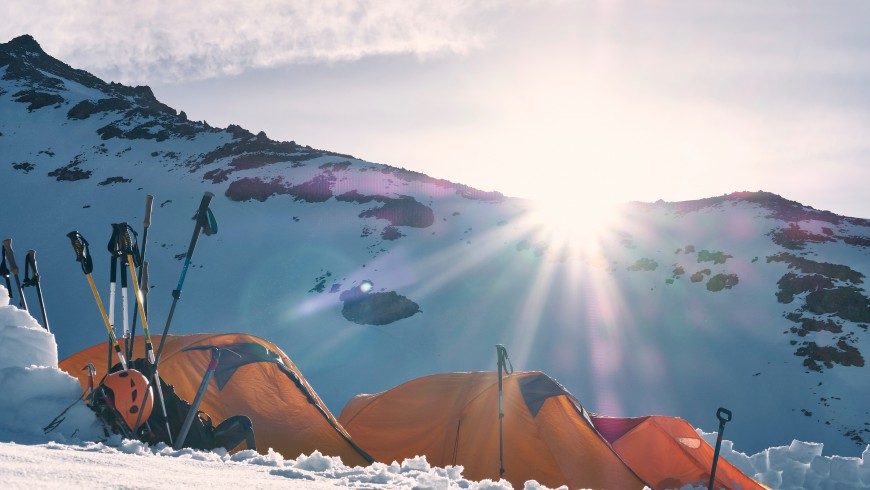
Look for a place as sheltered from the wind as possible. Pay particular attention to canyons and crevices or steep slopes that could be hidden under accumulation of snow. Once you chose your placement, flatten and press the snow with your skis or your hiking boots and wait for a while for it to freeze, and then pitch as always your tent. Some advice: Point the entrance leeward and, if possible, towards the east, so you can benefit from the rising sun in the morning. Avoid trees covered in snow and areas at the risk of floods and avalanches.
4. Everything under the tarp!
Be very careful and keep everything sheltered under the tarp of the tent. Before going to bed, organise neatly the backpacks in the back of the tent and check that they’re sheltered, to avoid finding them irreparably wet the following morning.
5. Covered from the wind
It is always a good idea building a shelter from the wind and the snow for your tent, but in winter, it is almost necessary. Just make it 1-meter high and build it 3 to 5 away from the tent, in the direction of the wind. The back should be pointed, so that the wind breaks against it and the snow that is raised stays away.
6. Small comforts
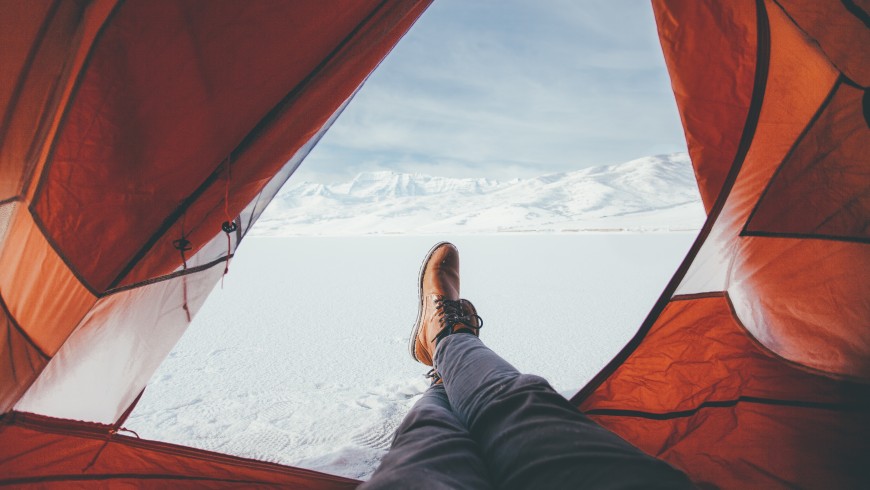
Do not give up comfort! The small little things will give your trip an entire new pleasure. Once you pitched your tent, dig a small hole in the back of the tent: In this way you can comfortably sit inside the tent an put your feet in the hole.
7. Warm sleeping bag
At night, to fight the cold is necessary having a suitable sleeping bag. It is better to choose one able to resist up to at least 10° under the expected temperature. You should also use a specific sheet meant to line sleeping bags. Just think about it: If it’s too hot, you can always take away the sheet or a layer of clothing, but it’s better to be prepared for the more frequent case of a night colder than expected.
8. Double layer to insulate
An additional way to insulate yourselves is to have a double layer between you and the pavement. In addition to the air mattress, it would perfect to add an expanded mattress of cellular material, at least 3-cm thick. This elastic and flexible material is an excellent isolator and allows you to protect from the cold coil.
9. Have layers, just like onions
To avoid suffering from excessive cold (or heat), you have to dress in layers. The first one, directly in contact with your skin, should be long and synthetic underwear, while the middle one should be made of pile. The last layer is the raincoat or windbreaker. Remember to keep the extremities of your body warm: Use a wool hat, gloves and socks, in order to minimise the heat loss and fight humidity.
10. Tricks of the trade
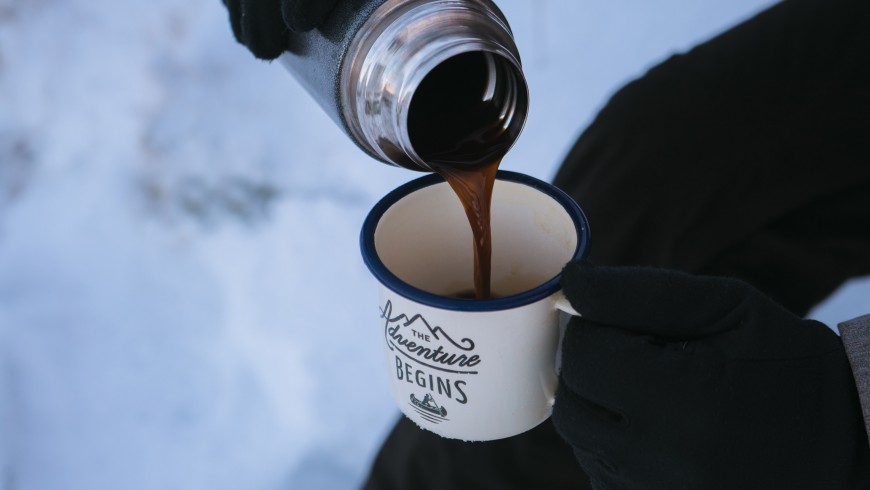
Regarding food, remember to bring the ingredients for hot beverages (powdered tea or tea bags) and soups (dehydrated). An effective trick to warm the interior environment up is to boil some water and then keep the bowl inside until when you go to sleep. Another trick to fight the morning cold is to keep you clothes inside the tent. But be careful: never the wet ones, to prevent humidity from dispersing heat.
Cover photo by Dino Reichmuth on Unsplash
